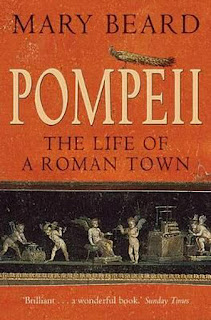
It’s 2016 and the Brexit referendum has left Britain divided, all across the country people are feeling variously outraged, smug, and tired. The political tensions provide a backdrop to the humorously written mundanity of life as Elisabeth struggles with an unstable career and bureaucracy. The trials of post office queues and over zealous passport checks will feel familiar, amusingly retold. Her job as a junior lecturer at a London university leads her mother to believe she’s living the dream ‘and she is, if the dream means having no job security and almost everything being too expensive to do and that you’re still in the same rented flat you had when you were a student over a decade ago’. Her situation will ring true for many readers. Despite this, the book is bright with the friendship she has shared with a former neighbour, Daniel Gluck , now 101 and dying in a care home.
Her mother didn’t encourage their friendship in her youth but they nonetheless
managed to form a strong bond that profoundly impacted Elisabeth. We see
snippets of conversations they’ve had through the years as he encouraged her to
see the world differently, to think more creatively, and engage with
under-appreciated art such as that of Pauline Boty, a female artist who was
integral to the British Pop Art movement yet largely passed over since.
Smith uses events of the past such as the Profumo scandal to remind
readers that turmoil is cyclical. The opening line ‘It was the worst of times,
it was the worst of times. Again.’ points to the fact it can often feel like
things are the worst they’ve ever been, that the media may encourage hysteria,
but that it will pass, and doubtless come again. There is something reassuring in
placing current political woes into a broader historical context.
The setting may put some readers off, looking instead for escapism
in their fiction, but ultimately this feels like a hopeful book. It points to
the benefits of intergenerational friendship at a time when generations are pitted
against each other. This is a book that will teach you not only about events of
the past but also make you think about the different ways we see the world. The
idea of being in love with the way someone sees is profoundly moving. Autumn jumps around in time and
alternates between cuttingly realistic vignettes of every day life with
passages that will make you think more deeply.
The first in Smith’s Seasonal Quartet, this is an addictive read. I’m
looking forward to picking up Winter but
only wish we could have more time with Daniel and Elisabeth.
Pick up a copy:
Foyles
Waterstones
Book Depository
Pick up a copy:
Foyles
Waterstones
Book Depository



